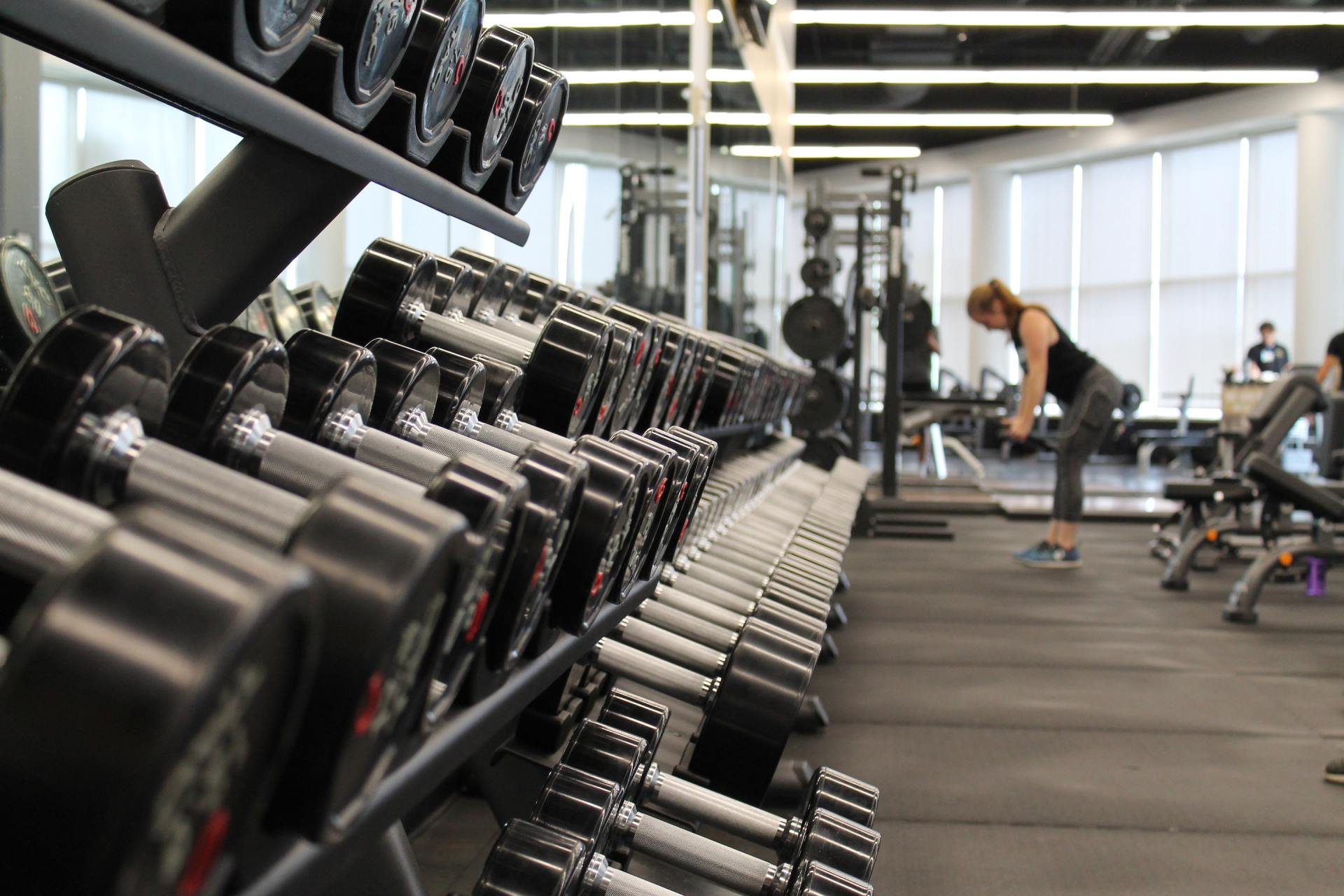
The Kirby Muxloe Local History Group Kirby Muxloe Primary School
By the turn of the century, Kirby Muxloe had increased in fortune and number of inhabitants, due partly to the development of Kirby Fields. By 1908, it was evident that much larger school premises were needed. A plot of land on Barwell Road was purchased for £275, and by April 1909, a sum of £3,290 was allocated for the project. Plans were drawn up for a new school by the well- known architect, Walter Brand, of Leicester. The building would consist of a large main hall with four classrooms leading off. The new school had space for 90 infants and 130 older children and was opened by Thomas Cope, chairman of the County Council, on 21st March 1910. Harry Holmes, who had previously served as headmaster at the previous school on the corner of Ratby Lane and Glenfield Lane, became headmaster and continued in this role until 1925. As there was no longer accommodation for the headmaster at the new school, as had previously been the case, Harry Holmes moved to Alton Cottage on Main Street.
In its early years, the school is remembered for its outside toilets, heating by coal fires in winter, strong discipline and numerous punishments. The premises were closed numerous times due to outbreaks of various diseases, which if unchecked would spread rapidy through the classrooms. Between 1910 and 1950, cases of chickenpox, influenza, mumps, measles, scarlet fever, diptheria, ringworm and German measles were rife. The school was also closed from time to time due to snow (there were much heavier falls of snow in the early to mid 20thcentury), and also at times for the gathering in of hay and potatoes. In 1918, the school was actually closed for two weeks for the hay gathering!
The school punishment book shows that even small misdemeanors were not tolerated and the boys were often subjected to numerous strikes on the hand. The list of punishments for silly grinning, laughing, throwing school paper, carelessness in spelling, fumbling under the desk, etc. goes on and on. However, by 1925, entries in the school punishment book had almost ceased and by 1937, the book appears to have come to an end. This may have been partly due to a new headmaster, Mr K.T. Veasey who joined the school in 1925, and also changing attitudes in the classroom. In 1920, Kirby Muxloe Primary School is thought to have been one of the first schools in the county to receive free milk (1/3 pint) for each pupil. Many people today will still remember the ice cold milk, often containing large lumps of ice, standing in crates in the playground in winter time.
During WW1, several boys were taken in from the Belgian Refugee College, but there are few other entries relating to the war. By 1938, war was again on the horizon and this time preparations were in hand. Air Raid Shelters were constructed on the school vegetable garden. Air Raid Practices were held each and every day from September 1939 onwards. The aim was to get as many children as possible into the shelters quickly, without confusion. The shelters were of the Anderson type and built out of concrete blocks, half underground with soil on the roof. They contained seats and electric lights, but were cold and damp, often with water standing on the floor. The master key for the shelter was held by the headmaster, but after some consideration, another key was cut, which was held by the police constable of the village. This would enable the shelters to be used by the public, at weekends and on school holidays.
On the night of November 19th/20th1940, the village was bombed. The school sustained damage to the windows and roof and was closed until December 2nd. A few weeks before the bombing, a number of evacuee children arrived in the village. They had left their homes in Ipswich and towns on the south coast, expecting to arrive in a place of safety. It must have been quite a shock for the children and their parents, who had sent them away from home to avoid the bombing!
Many village people have fond memories of the school and its teachers and of course, all remember the tricks played in and around the school buildings. One of the most enduring tales involved the school bell (on the roof), the bell clanger and a sock. Needless to say, many boys have scaled the walls, reached the roof and fitted a sock over the clanger, thus making the bell sound very quiet and muffled. This story was first told by the late Charlie Moore, who was born in 1914, and it is still recalled by many, many people when talking about their memories of the school. The belfry became unstable around 1979 and the bell was removed. In readiness for the Centenary Celebrations in 2010, it was put into its own glass case and is now on display in the library area of the school.
Over the years, headmasters came and left, with Harry Holmes being followed by several more headteachers including K.T. Veasey, A.L. Biggs, P.J. “Juggy” Jarvis, J. Thacker, William (Bill )Barnes, Mike Thompson, John Glass, Suki Hundal and now Elliot Howles. Many improvements have taken place over the years including the building of a swimming pool opened in 1979.
The school celebrated its centenary in 2010 and has now become an Academy. It has expanded considerably since the early days and continues to do its best to accommodate a steady increase in demand for space. Several generations of Kirby’s children have now passed through its doors, with many fond memories of favourite teachers!
The Kirby Muxloe Local History Group generally meets 6 times a year, and membership is open to all. Visitors are always welcome to all our meetings, which usually take place in St. Bartholomew’s Church Hall, Main St., Kirby Muxloe and start at 7.30 pm.
Details of the dates of meetings, together with the topics that will be covered, are shown on the notice board in Kirby Muxloe Library and on our website, which is www.kirbymuxloelocalhistorygroup.org
Our book “Courage Commitment and Community” is now on sale at K.M. Library and also at St Bart’s Tea Shop (Church Hall, Main St., Tuesdays 2:30-4:30pm) Price £6.
Our next meeting will be on Tuesday 19th March when the speaker will be Malcolm Riddle-his subject: “The Origins and Decline of Leicester’s Trams”.






